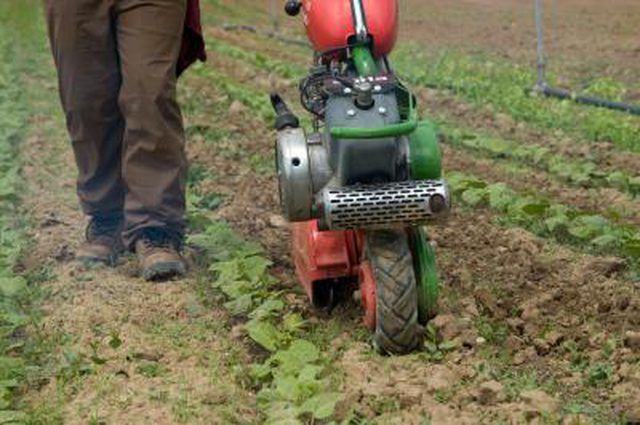Bulbs
Flower Basics
Flower Beds & Specialty Gardens
Flower Garden
Garden Furniture
Garden Gnomes
Garden Seeds
Garden Sheds
Garden Statues
Garden Tools & Supplies
Gardening Basics
Green & Organic
Groundcovers & Vines
Growing Annuals
Growing Basil
Growing Beans
Growing Berries
Growing Blueberries
Growing Cactus
Growing Corn
Growing Cotton
Growing Edibles
Growing Flowers
Growing Garlic
Growing Grapes
Growing Grass
Growing Herbs
Growing Jasmine
Growing Mint
Growing Mushrooms
Orchids
Growing Peanuts
Growing Perennials
Growing Plants
Growing Rosemary
Growing Roses
Growing Strawberries
Growing Sunflowers
Growing Thyme
Growing Tomatoes
Growing Tulips
Growing Vegetables
Herb Basics
Herb Garden
Indoor Growing
Landscaping Basics
Landscaping Patios
Landscaping Plants
Landscaping Shrubs
Landscaping Trees
Landscaping Walks & Pathways
Lawn Basics
Lawn Maintenance
Lawn Mowers
Lawn Ornaments
Lawn Planting
Lawn Tools
Outdoor Growing
Overall Landscape Planning
Pests, Weeds & Problems
Plant Basics
Rock Garden
Rose Garden
Shrubs
Soil
Specialty Gardens
Trees
Vegetable Garden
Yard Maintenance
How to Loosen Clay Soil
How to Loosen Clay Soil. Soils with high clay contents retain moisture, are mineral rich for plant growth, and are stable, providing support for large plants, bushes and trees. However, clay soil compacts tightly and in dry conditions can be difficult to break apart. The addition of soil amendments improves the texture of clay soil. Adding...

Soils with high clay contents retain moisture, are mineral rich for plant growth, and are stable, providing support for large plants, bushes and trees. However, clay soil compacts tightly and in dry conditions can be difficult to break apart. The addition of soil amendments improves the texture of clay soil. Adding amendments helps lighten heavy soil and will improve drainage, resulting in a loose soil any plant can thrive in.
Things You'll Need
Soil test
Rake
Rototiller
Shovel
Sand
Lime
Sulfur
Compost
Manure
Rake or rototill top 6 to 8 inches of soil to loosen soil for amending.
Remove weeds and rocks from soil.
Perform a soil test, available at your local gardening center, to determine its pH. Most crops prefer neutral soil.
Rake or rototill amendments into soil–lime if pH is too low or sulfur if pH is too high–working to a depth of 6 to 8 inches.
Add sand to soil to increase graininess--use 1 cubic yard per 100 square feet.
Till compost or manure into top 2 to 3 inches of soil.
Rake area to level.
Water soil well before planting.
Tips & Warnings
Local extension offices often will do a soil test for no charge.
Throughout the season add leaves, grass clippings or compost to feed the soil.
Mulch soil over the winter to reduce soil compaction.
Using raised beds helps clay soils drain.